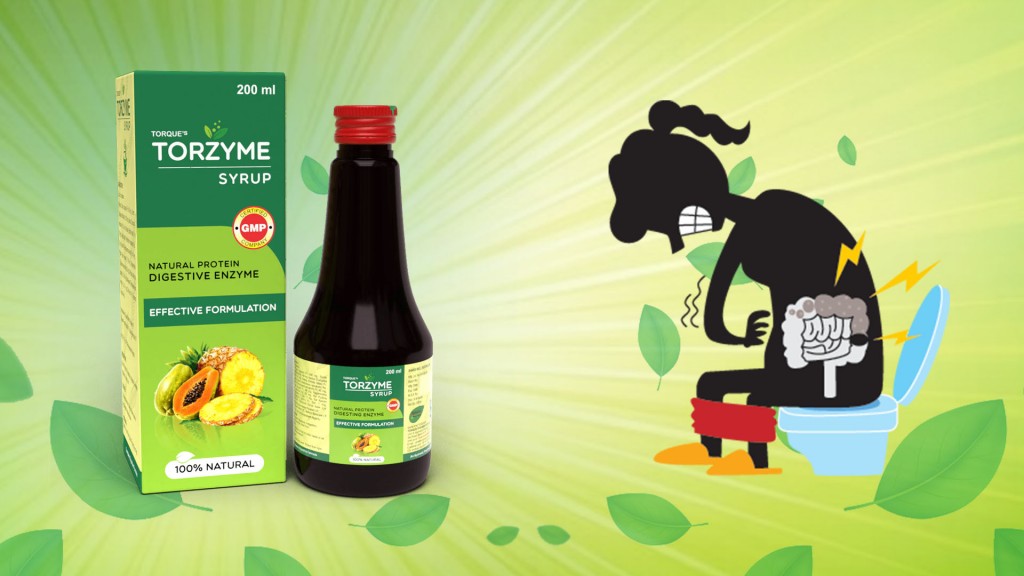

Spasmodic dysphonia is a neurological situation that impacts your speech. It impacts all ages and might develop at any time. Nearly fifty thousand people in North America get affected, and this number could be even higher. Not just this region of the world, the entire world has patients of this condition. That is simply because some cases could go undiagnosed or misdiagnosed as another kind of speech disorder. For example, older adults who do develop the condition could believe that the alterations in their voice are just age-related.
When a person speaks, the air that leaves the lungs is pushed between the two vocal cords. These elastic cords stretch from the front of the throat to that of the back. Air pressure triggers them to vibrate in just the right manner to produce the voice. Of course, there are good syrups like antispasmodic syrup that can be healthy, safe and effective for the best outcomes. In case you have spasmodic dysphonia, the muscles within your vocal cords would get abnormal nerve signals from the brain. Such things can cause your vocal cords to vibrate uncontrollably at times. Regular speech can turn out to be hoarse and uneven.
Are there any diverse types?
It is important to know that there are three chief types of spasmodic dysphonia and these are like:
- Adductor spasmodic dysphonia
This is the most common kind of spasmodic dysphonia. In this type, the uncontrolled muscle spasms trigger your vocal cords to close and get stiff. This might make it challenging for sounds to emerge. You could have trouble starting a sentence, or you might find that your words cut out halfway via your remarks. You might only experience these signs when you speak in a normal tone of voice and not when you yell, shout or laugh.
- Abductor spasmodic dysphonia
In this kind, your vocal cords open too or extremely far. This prevents your vocal cords from getting vibrated. It also allows extra air to leave the lungs while you speak. This kind of dysphonia could trigger your voice to sound weak. The symptoms of this type of condition are less common when you shout, cry, or even laugh.
- Mixed spasmodic dysphonia
In this type, neither your muscles that open the vocal cords nor the ones that shut them work correctly. It’s the rarest kind of this disorder. It causes symptoms knotted to both adductor and abductor spasmodic dysphonia.
Are there any kinds of symptoms?
The chief symptom of spasmodic dysphonia is an involuntary movement or spasm of the muscles within the vocal cords. This may cause your speech to sound really strained. Words may be dragged out or episodic while you talk. You could also sound:
- like you cannot simply produce enough air when you speak
- like there is extreme air behind your words
- like a Hoarse
Spasmodic dysphonia generally begins out with mild symptoms that emerge infrequently. As the disease progresses, your speech could turn out to be difficult to understand. Every word or every other word might be affected by a muscle spasm. This is the progression that typically stops after a year and a half, permitting your symptoms to get steady.
What really causes it and who is at risk?
Although this is the condition that can develop at any age, the foremost signs generally appear between the ages of thirty and fifty years. During this time, you could assume that there’s a structural problem with your larynx (that of voice box), vocal cords, or even some other part of your throat. But symptoms incline to appear without any other health problems. For example, inflammation, polyps, and other obvious causes of speech difficulties characteristically are not at all present. People having spasmodic dysphonia generally don’t have any problems with swallowing or breathing, either. The causes and that of risk factors for spasmodic dysphonia are not at all well understood. Some people having the condition look to have an abnormality with their nervous system that may cause the vocal cords to get tremor. Then in some of the cases, spasmodic dysphonia could be a form of dystonia. Dystonia is a distinct type of neurological condition that impacts muscle tone.
The particular source of spasmodic dysphonia could be in the basal ganglia, a part of the brain that regulates movement. The brainstem, that connects the brain to the spinal cord, could also get involved. But the good news is that even if a child has this condition, you can give him or her antispasmodic syrup for the child and it might help the condition to get better. There are syrups that work wonderfully for this condition.
How can it get diagnosed?
After discussing your signs, your doctor is going to listen to you speak to hear how the spasms impact your voice. From there, they are going to check your vocal cords with fibre optic na solary ngoscopy. To do this, your doctor is going to guide a thin, flexible, lighted tube via one of your nostrils and down the throat. It permits your doctor to look at your vocal cords where you speak.
Of course, the certain speech symptoms are somewhat similar to other voice disorders, such as vocal cord paresis or that of paralysis. These disorders might be triggered by an infection or by a stroke or that of cancer. Performing a fiberoptic nasolaryngos copy is going to help your doctor make a proper diagnosis.
What kinds of treatment options are available?
There is not really a cure for spasmodic dysphonia, but there are treatments out there that are available to help relieve your signs. But remember that the treatment is going to depend on several factors, encompassing your:
- age
- condition severity
- overall health
Your capability to handle certain procedures, like that of surgery, will also be considered. Your personal feelings related to treatment are important as well. Surgery on your vocal cords does carry some risk of permanent damage. In most of the cases, speech or voice therapy is favoured over surgery. Therapy might teach you how to enhance your muscle control and rectify your breathing, that can help you talk in a clearer manner.
Remember that your doctor could also recommend regular injections of botulinum toxin (Botox) into your affected muscles. This is the same kind of material that gets used in cosmetic treatments to give the face a lot more youthful appearance. In people having spasmodic dysphonia, the toxin does block the nerve signal to the muscle. This might help prevent spasms. However, the impacts of this treatment are temporary. Signs typically return after a few months, so repeat treatment is going to be necessary to maintain the impacts.
Here Torzyme Syrup can also help you in solving all your digestive issues. It encompasses ingredients that are known to possess brilliant effects on improving digestion. In case you are suffering from flatulence, dyspepsia, or that of general debility, you might require taking this syrup for enhancing the condition. Having papain and chymopapain as ingredients, this Syrup is important and effective in dealing with gastrointestinal tract disturbances and also that of digestive disorders.
Conclusion
Thus, if you are facing any type of conditions related to spasmodic condition, make sure that you talk to your doctor right away. Proper syrups and precautions can help you get rid of this condition.

